Rewild your outdoor space

At Nikwax, we do more than just providing care products to keep you dry and comfortable in the great outdoors all year round…Behind the scenes we also help care for, and preserve, the natural environment we know and love.
Over half our species are in decline in Britain and only 2.5% of our land is now covered by native, ancient woodland. Rewilding is one way to try and counteract the risk to these habitats and help tackle the continuing climate crisis. Rewilding is not just about restoring woodland, heathland, water habitats and more; it can also take place on a smaller level – and still make a positive impact.
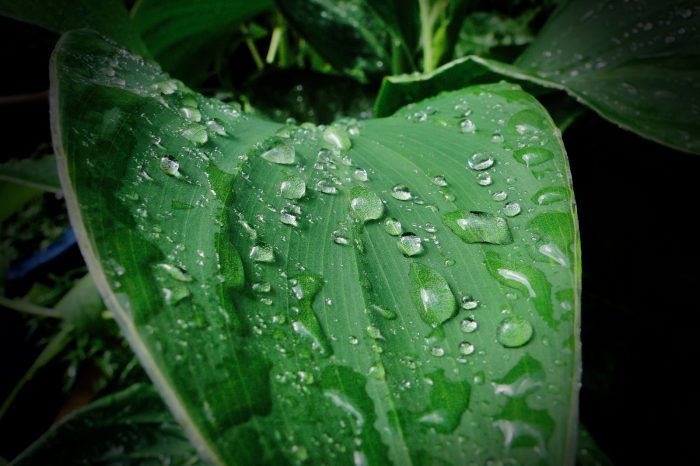
At our premises, in rural East Sussex, we have been working on expanding biodiversity through the planting of a range of trees, including Common Oak, Hornbeam, Walnut, Field Maple, Hazel, and more. We have planted new hedgerows along historic boundaries and, most recently, have created an allotment for use by staff. Growing your own produce can encourage species, such as ladybirds or hoverflies, that will feed on pests or aphids. Plus, growing your own food helps reduce your carbon footprint – now that is definitely good for our environment!
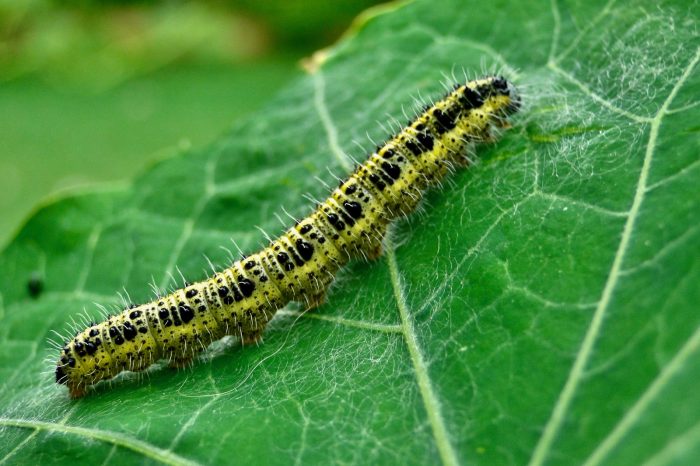
Even in places where you might least expect it, the natural world is becoming a key focus…The Tower of London has transformed its famous moat into a natural haven – SuperBloom – filling it with over 29 species of flowers from over 20 million seeds, to mark the Queen’s Platinum Jubilee. When the display ends in late 2022, the new landscape created to support it will remain in the moat as a permanent Platinum Jubilee legacy – and help vital ecosystems in the process.
What can you do to help make a difference? Here are some simple tips whether you have a small or large outdoor space…
Create a wildlife ‘highway’
Do you have fencing around your garden? Establish your own animal highway by creating a couple of access holes that hedgehogs can get through. Blocking their access to habitats can also restrict their chance to get food, or find a place to breed safely. It will bring a lot of joy to see these little fellows snuffling around your space – you could even install a wildlife camera to capture their activity overnight!
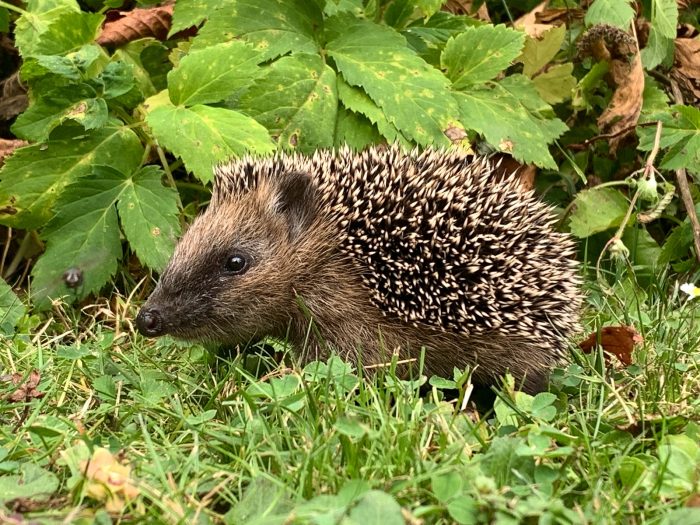
© Rainer Bleek, Unsplash
Rewild in small spaces
Some of us love having a tidy and ‘manicured’ space, however, rewilding does not have to take up your entire outdoor area. By taking one corner of your garden and letting things become more ‘natural’ can encourage a wealth of species to start enjoying the surroundings. Undisturbed corners can become homes for insects, whilst leaves would be utilised for bedding when it comes to hibernation for smaller creatures from late autumn onwards.
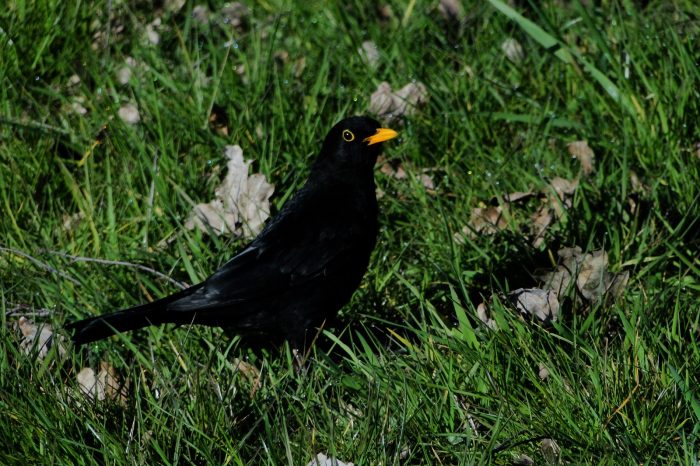
Use natural materials in your outside space
Create a stack from old, dying wood – not only will it look effective, but the wood will also be buzzing with life and provide food for many different species. Think of it as the Savoy Hotel for the insect world! Rocks can add depth and different height to your garden whilst creating lovely habitats for creatures. If you like water features, then a pond is a real bonus. Create shallow edges so birds and other animals can get a drink, whilst water plants and small logs provide shelter for frogs and their offspring. You may even be lucky and get dragonflies hunting around during the summer.
Love flowers? Think meadow…
Fields full of poppies, daisies, cornflowers and grasses are beautiful and you can recreate this at home, no matter the size of space you have. With a large plot, take an underused section and plant wildflower seeds – the larger the plot the more flowers. The internet is full of guidance on prepping the land and the work will be worth it when you have flowers all colours of the rainbow that grow back each year. If you lack space, there are wildflowers you can easily plant into containers, allowing the countryside into your garden. Soon enough you will have important pollinators, including butterflies and bees regularly visiting.
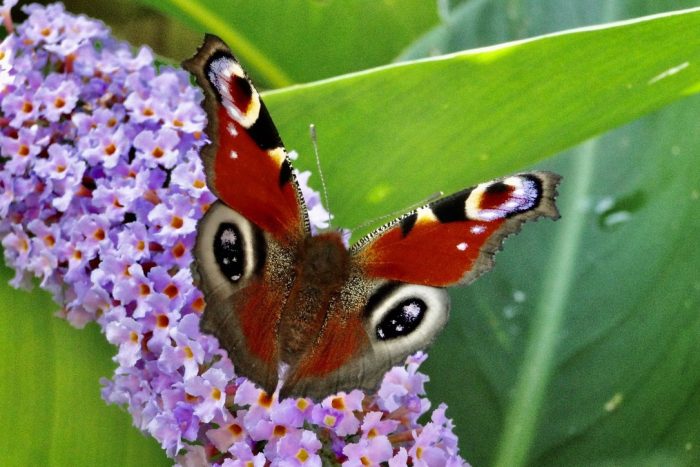
Stay away from chemicals
We all know that pesticides and chemical feed for plants will have a negative impact on the natural world. Instead, create your own compost heap that you can use to feed flower beds and enrich the soil for future plant growth. The plants you then grow in the future can often attract the right kind of insects that will feed on the pests you don’t want in your garden.
No Mow May
Becoming more popular each year, this campaign first began in 2019 – encouraging people to not reach for their mowers during the month of May. Why? You will be encouraging wildflowers and plants to grow, plus providing an increase in nectar that is vital to many species. Many of us look to remove dandelions when they first appear in spring – but we should leave them be as they are one of the first, critical, food sources for bees. Over time you may discover that more plant species start to bloom when you leave your lawnmower or strimmer packed away in the shed for a while longer…
Whatever space we have at home, just making a few little changes can be the beginning of making a massive change for the environment as we know it and as each year passes you can see how much benefit your actions are making. Let’s make a difference together!


Leave a Reply